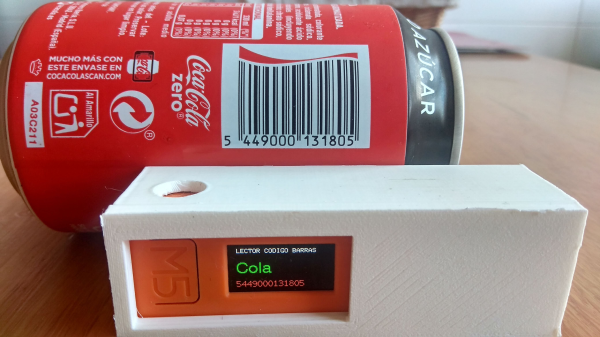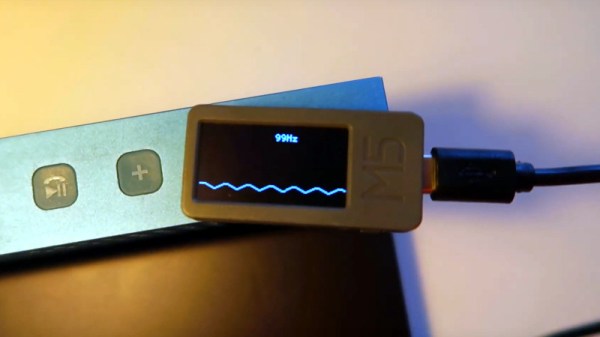We don’t have many details from [dariocose] about his K-Ability Dev Kit yet, but there are enough clues on his HackadayPrize2020 entry that we can tease out the critical points. The plan is to supply a control module with Bluetooth HID capability to act as a mouse and keyboard. It will plug into a socket on user-specific boards. Each style will be suited to a patient with a neuromuscular disease and will allow them to interact with computers in a way that suits their needs. For example, if someone lacks fine motor control, they may need large buttons, while someone with weak muscles may need pads close to one another. From the video’s looks below, the prototype boards aren’t anything fancier than cardboard and wire. Developing the best device doesn’t mean a dozen iterative prints or wasted laser-cut acrylic sheets.
Example code supports three mouse movements, left, right, and down, but there are plans to develop a tool to reprogram them. Given the name and prominent LCD, we suspect there will be keyboard support in the future. Processing and Bluetooth rest on the capable shoulders of an ESP32, which also supports touch sensing, so customized pads can respond to a wispy graze or a blunt fist.
We’re not short on customized keyboards that range from glorious elements of comfort to befuddling tools of typing.
Continue reading “Accessibility Keyboard Is Modular And Practical”
















